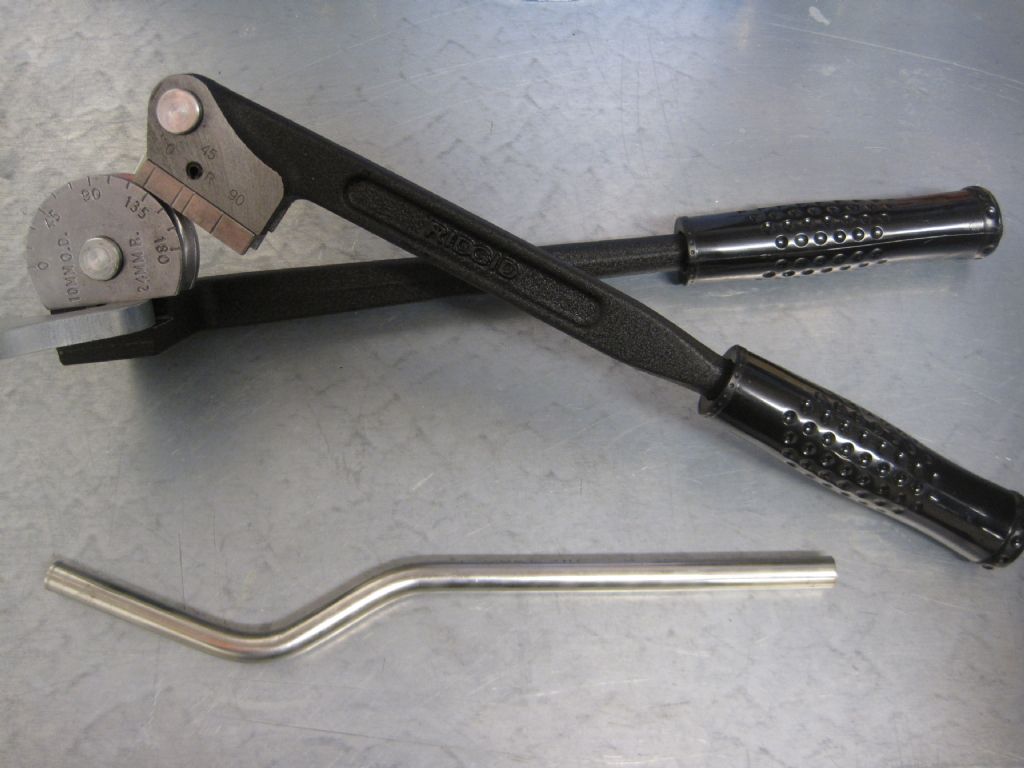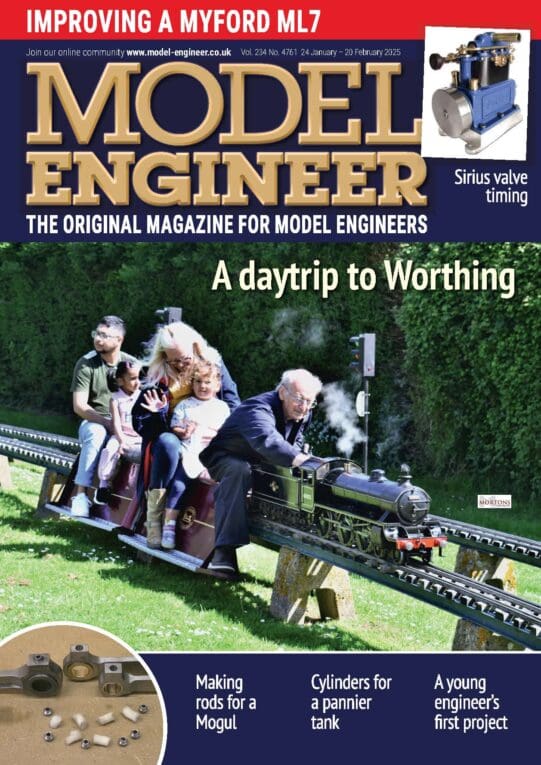There must be some "wiggle" room on the final assembly to ensure the tube ends are in the correct position to each other for welding / brazing to the component(s) it attaches so it may be that the bend centres to each other are important and that in one plane, the pipe is flat (You already told us that)
Instead of allowing the bender to "Float" it is after all a "Site" type bender (Two handles), fasten the side with the circular former down onto some for of fixed plate (Mill table is brutal to the mill) and after effecting first bend, turn pipe end for end to a fixed stop and clamp pipe to stop lateral rotation after ensuring the bend is flat and bend the second angle.
DON'T try to bend it in your hand, fixing the bender down is the clue.
Bet you only manage to waste ONE as a pattern. Don't get complacent when you're shelling them like peas.
Regards Ian..
EDIT. Forgot to mention, However many you have to bend, put one bend in the whole batch FIRST, then go for the second one rather than complete each one individually (Sorry if it's sucking eggs)
Edited By Circlip on 13/12/2014 18:01:16
Carl Wilson 4.


 using a similar (but not as good) bender. Most of the time I mounted the bender in the bench vise because apart from it being more controllable, 3/8" tube with 1/16" wall needs quite a lot of effort. Plumbing was for gas analysis equipment so generally thinner wall than your hydraulic stuff but only accurate pipework was acceptable so hand tweaking of runs to get tubes to line up with fittings was very rarely done.
using a similar (but not as good) bender. Most of the time I mounted the bender in the bench vise because apart from it being more controllable, 3/8" tube with 1/16" wall needs quite a lot of effort. Plumbing was for gas analysis equipment so generally thinner wall than your hydraulic stuff but only accurate pipework was acceptable so hand tweaking of runs to get tubes to line up with fittings was very rarely done.



